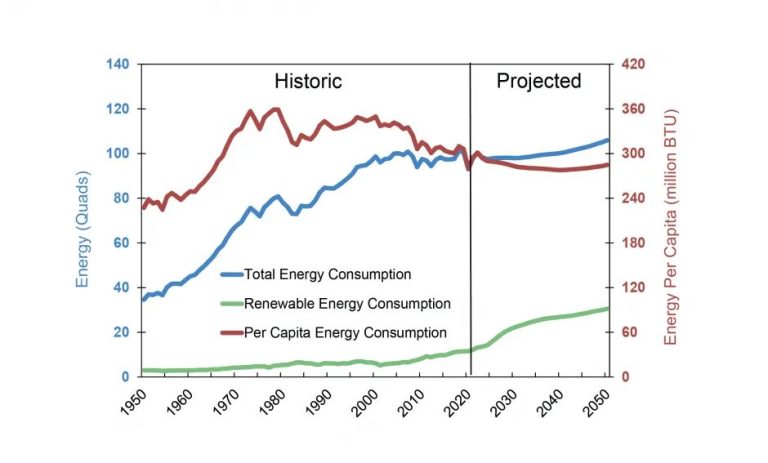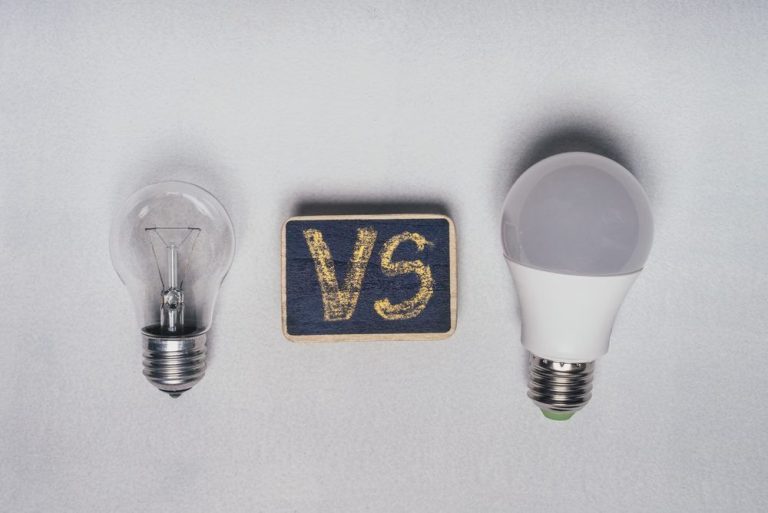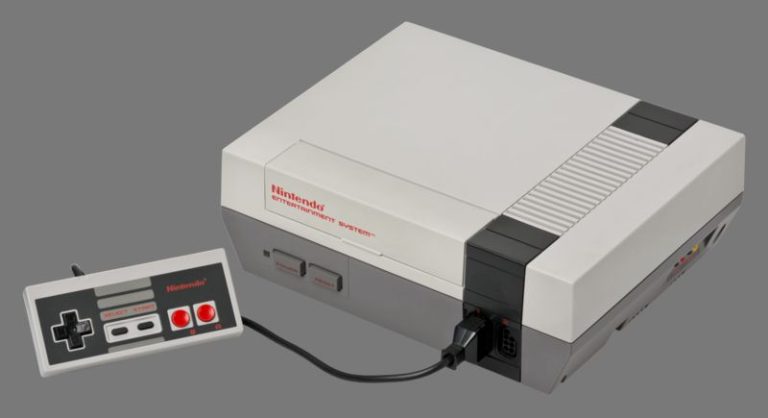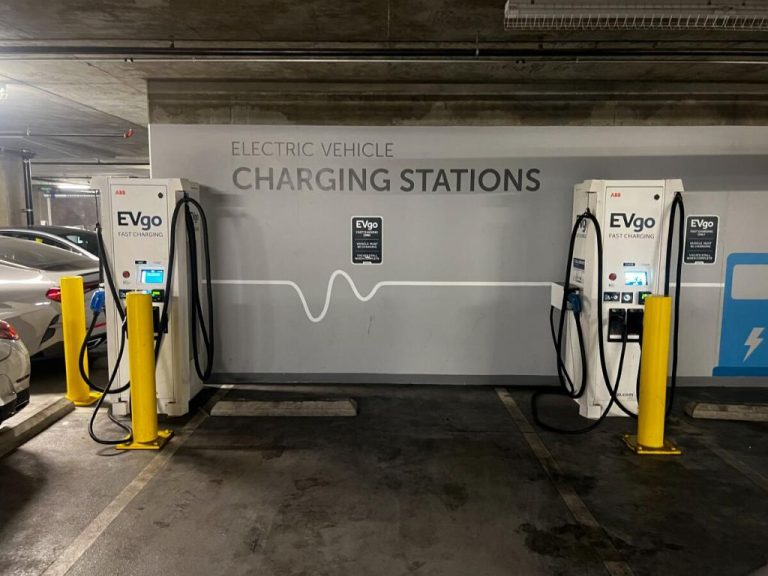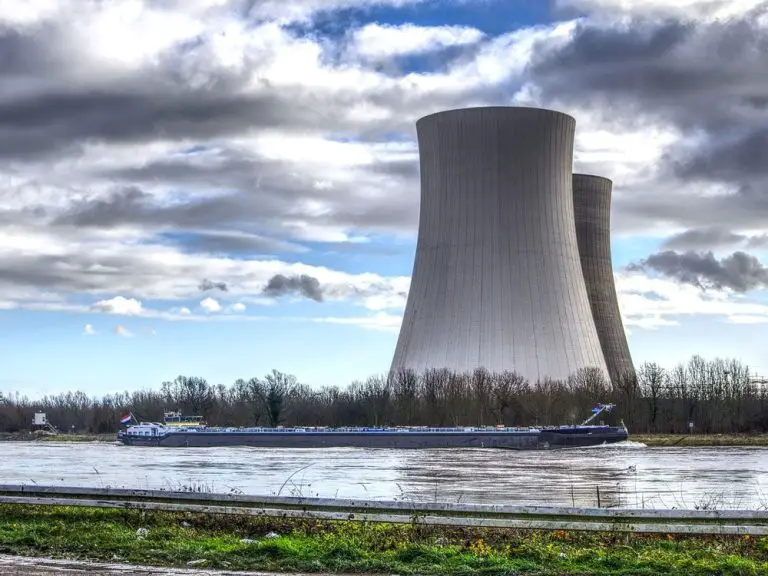Do Energy-Efficient Appliances Really Save Money?
With electricity bills rising 5% in 2022 alone (https://www.eia.gov/todayinenergy/detail.php?id=56660), many households are looking for ways to curb energy costs. One popular solution is upgrading to more energy-efficient appliances, which promise to cut down on electricity usage and save money over time. But with the higher upfront costs of these appliances, a natural question arises – do energy-efficient appliances really end up saving money in the long run?
What Makes an Appliance Energy Efficient?
Energy efficient appliances are designed and engineered to use less energy than standard models. There are a few key features that make appliances more energy efficient:
One of the most common signs of efficiency are certifications like Energy Star, which is a voluntary EPA program that identifies efficient products. Appliances with the Energy Star label generally use 20-30% less energy than minimum federal standards.
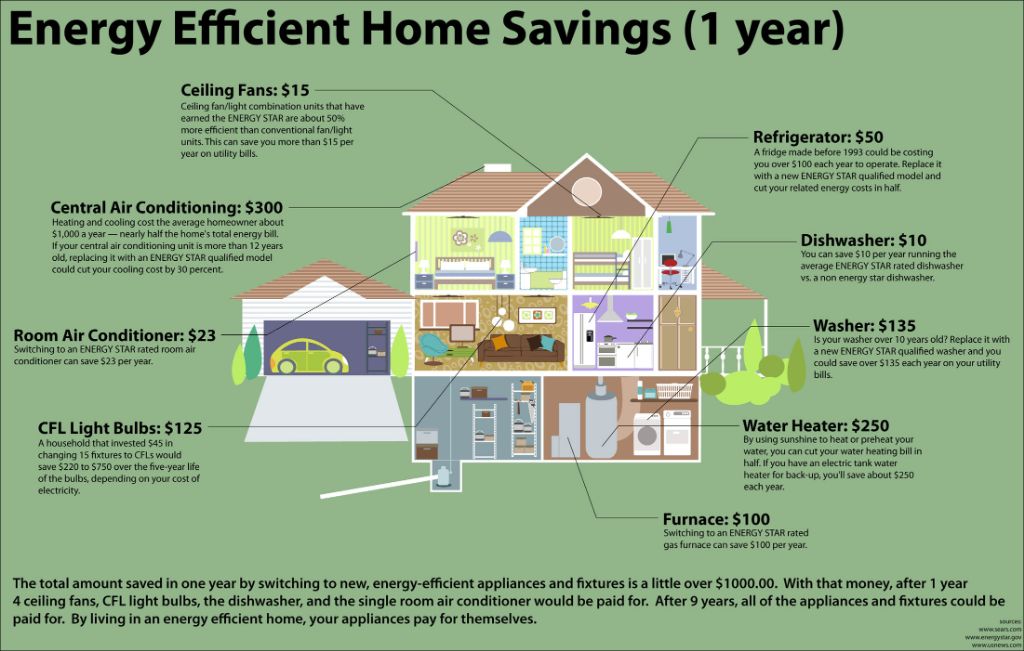
Energy efficient appliances also utilize improved insulation to prevent heat loss, especially in refrigerators and dishwashers. Added insulation layers and tightly sealed doors reduce energy waste.
Sensors and automatic controls allow appliances to operate optimally and power down when not in use. Features like thermostat controls, moisture sensors, and auto shut-off switches maximize efficiency.
Finally, upgraded components like compressors, fans, and motors optimize energy useage. Variable speed motors found in air conditioners, washers, and refrigerators only use the required energy for a given task.
Upfront Cost vs Long Term Savings
Energy efficient models often cost more upfront than standard models. For example, an ENERGY STAR certified refrigerator may cost 10-15% more than a comparable standard model, with top-performing refrigerators costing 25% or more (1). The same goes for dishwashers, clothes washers, clothes dryers, and other major appliances – the ENERGY STAR models command a higher purchase price.
However, the higher upfront cost can lead to savings on utility bills over the lifetime of the product. ENERGY STAR certified appliances meet strict energy efficiency criteria set by the EPA and Department of Energy, so they consume less energy and water than standard models. This translates into lower electricity and water bills for the consumer. According to energystar.gov, replacing an old refrigerator with an ENERGY STAR certified model can lead to energy savings of $30-$300 over the lifetime of the appliance (2).
While the upfront investment is higher, energy efficient appliances can pay for themselves over time through utility bill savings. The key is looking at total lifetime costs rather than just the purchase price.
Factors That Impact Cost Savings
Several key factors determine how much money energy-efficient appliances can save in a particular household, including:
Electricity rates in your area – Areas with higher electricity costs will see greater savings from efficient appliances. According to the U.S. Energy Information Administration, “The more energy an appliance uses, the more susceptible it is to energy price fluctuations.” 1
Frequency and intensity of appliance use – Households that use appliances more often and for longer durations will save more money with energy efficient models. For example, a dishwasher that runs every day will accumulate bigger savings compared to one used just a few times per week.2
Household size and behavior – Larger households with more appliance use will realize greater energy savings. But individual habits also matter – turning off appliances when not in use, using eco modes, and following efficiency best practices can boost savings.3
Estimated Savings by Product
Energy efficient appliances can provide significant cost savings compared to conventional models. Here’s an overview of estimated savings for some of the most common appliances:
Refrigerators: An Energy Star certified refrigerator uses 10-50% less energy than conventional models, saving between $30 to $100 per year on electricity bills.
Clothes washers: Energy Star washers use 25% less energy and 50% less water. This can translate to roughly $100 in annual savings on utilities.
Dishwashers: Choosing an Energy Star dishwasher can reduce energy use by 5-15% and water use by 20-30%. Owners can save around $35 per year.
Room air conditioners: Energy efficient room AC units use 10-12% less energy than conventional models. For a typical 6,000 BTU unit running 8 hours per day, this can equal over $100 in savings each cooling season.
By opting for energy efficient models when replacing old appliances, households can realize significant savings on utility bills each year.
Additional Benefits
Energy-efficient appliances provide important benefits beyond just saving money on utility bills. By using less energy, energy-efficient models reduce overall energy consumption which benefits the environment.
According to research from the EPA, lower electricity demand from energy efficiency can support long-term environmental goals by reducing the need for additional energy generation and infrastructure.[1] Using less energy means fewer natural resources need to be extracted and fewer emissions released. Energy-efficient appliances are estimated to reduce greenhouse gas emissions by millions of tons per year.[2]
In addition to environmental benefits, advanced features of energy-efficient appliances can also improve convenience for users. Many new models come with smart capabilities, enhanced controls, and settings that optimize performance. For example, sensor drying on dryers and soil sensors on dishwashers can help save energy. Overall, energy-efficient appliances provide a range of benefits beyond just cost savings.
Considerations and Concerns
While energy efficient appliances offer many benefits, there are some considerations to keep in mind before making a purchase:
Newer energy efficient models may utilize advanced technology that could potentially require specialized repairs. Make sure to research the reliability and maintenance costs for any newer features on appliances you are considering.
Additionally, it’s important to confirm that energy efficient appliances truly work as advertised. Read reviews and talk to others who have purchased the specific models to get a sense of real-world energy savings and performance. Some appliances may not generate the expected savings in all usage scenarios.
According to one source, “Really, the only con of ENERGY STAR appliances is the high upfront cost. You’ll likely earn back the price if you think long-term.” (Source)
Recommendations for Maximizing Savings
There are several ways to get the most savings out of your energy efficient appliances:
First, be sure to use appliances efficiently and as intended. For example, run full loads in the dishwasher and washing machine to maximize efficiency. Avoid half-empty loads which use nearly the same amount of energy and water. Air dry dishes instead of using heated drying cycles. Wash clothes in cold water whenever possible, and use lower temperature settings for drying. Follow manufacturer recommendations for loading capacity.
Prioritize upgrading appliances that consume the most energy first. Focus on the refrigerator, clothes washer and clothes dryer as top candidates. According to the U.S. Department of Energy, refrigerators, dishwashers, and clothes washers account for about 30% of overall household energy use (1). Replacing an older inefficient model with a new ENERGY STAR certified appliance can lead to significant savings on utility bills.
Perform regular maintenance on appliances like refrigerators, washing machines, and HVAC systems. Follow tips from the manufacturer’s manual to keep appliances running optimally. Clean vents, replace filters, and vacuum out coils periodically. Well maintained energy efficient appliances will deliver optimal savings over time.
The Bottom Line
In summary, the research shows that energy efficient appliances can provide significant long-term cost savings compared to less efficient models. While the upfront cost is often higher, the energy savings over the 10-15 year lifespan of most appliances outweighs the initial price difference. Exact savings depend on appliance type, usage patterns, utility costs, rebates and tax incentives. However, most sources estimate savings of 10-30% on utility bills by upgrading to ENERGY STAR certified models.
Based on the proven savings and additional benefits like environmental impact reduction, warranties, and utility rebates, transitioning to energy efficient appliances when buying new is highly recommended. With some simple calculations using your utility rates and estimated usage for the appliance, you can get a reasonable estimate of the potential savings.
Ultimately, the numbers show energy efficient models are a smart long-term investment that pay for themselves over time through energy bill savings.
Sources
Lorem ipsum dolor sit amet, consectetur adipiscing elit, sed do eiusmod tempor incididunt ut labore et dolore magna aliqua. Ut enim ad minim veniam, quis nostrud exercitation ullamco laboris nisi ut aliquip ex ea commodo consequat. Duis aute irure dolor in reprehenderit in voluptate velit esse cillum dolore eu fugiat nulla pariatur. Excepteur sint occaecat cupidatat non proident, sunt in culpa qui officia deserunt mollit anim id est laborum.

